








- TOP
- Memorial Museums & Historic Ruins
Besides Kumamoto Castle, there are tons of historically
valuable buildings and ruins to discover in Kumamoto City.
On this page, you can find information about the many charms of
Kumamoto's memorial museums and historical sites,
from the Former Residence of Natsume Soseki
to the many gardens connected to the Hosokawa Clan.
*Please keep in mind that some places are off limits due to earthquake damage.
-
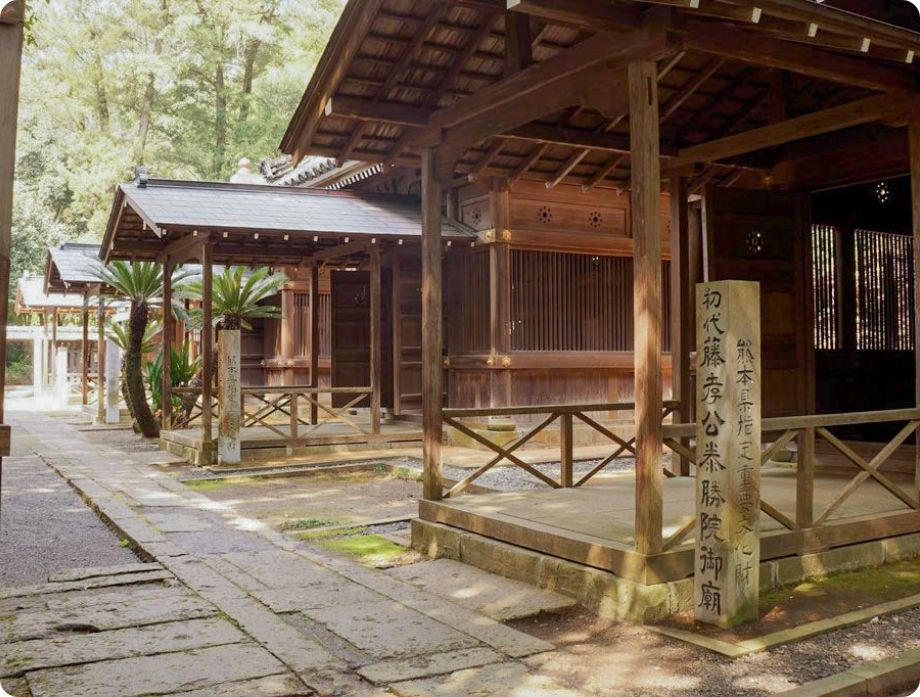
Nationally Designated Historic Site: Former Site of Taishoji Temple (Tatsuda Natural Park)
Found here are a Memorial Tower for Miyamoto Musashi, Ko-sho-ken Teahouse, and the Yotsu Gobyo (the four mausoleums), which memorialize Hosokawa Fujitaka, Fujitaka’s wife, Hosokawa Tadaoki, and Tadaoki’s wife Hosokawa Gracia. The teahouse was restored using the drawings of Tadaoki, who was widely considered the best tea ceremony master in the country. Surrounded by greenery, the area still strongly retains an ancient ambience.
-
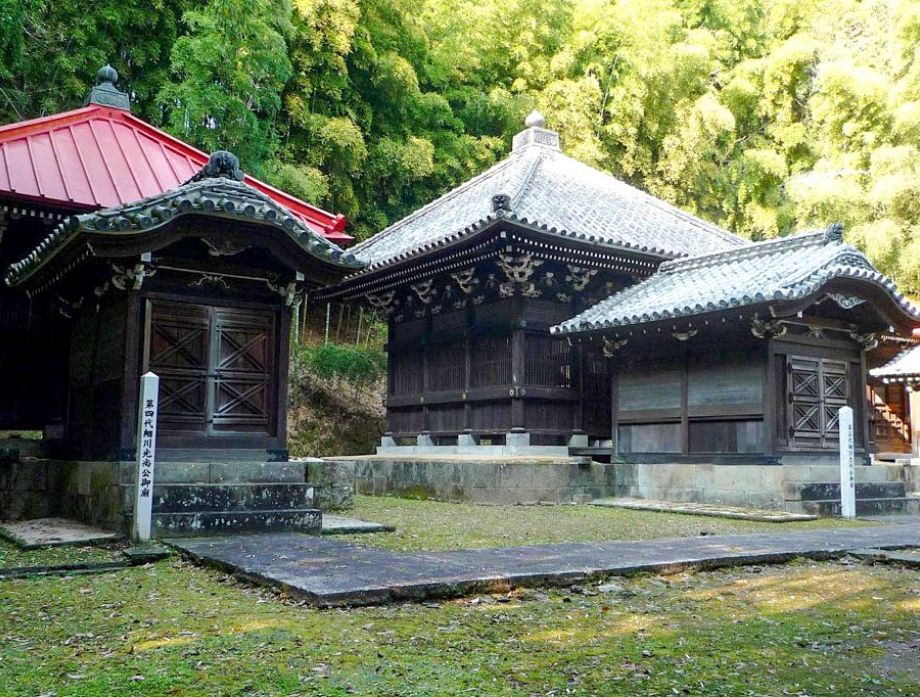
Nationally Designated Historic Site: Former Site of Myogeji Temple (Kitaoka Natural Park)
If you go through the trees along the path lined with stone lanterns and take the stone staircase at the end of the path, you will find one of the Hosokawa Clan’s mausoleums. Here lie the mausoleums of Hosokawa Tadatoshi (the third generation Hosokawa Clan daimyo and the first Lord of the Kumamoto domain), his wife, and Hosokawa Mitsunao (the fourth generation daimyo). Beside these four mausoleums, one can also find the grave of Abe Yaichiemon, which was the model for Mori Ogai's masterpiece “Abe Clan.”
-
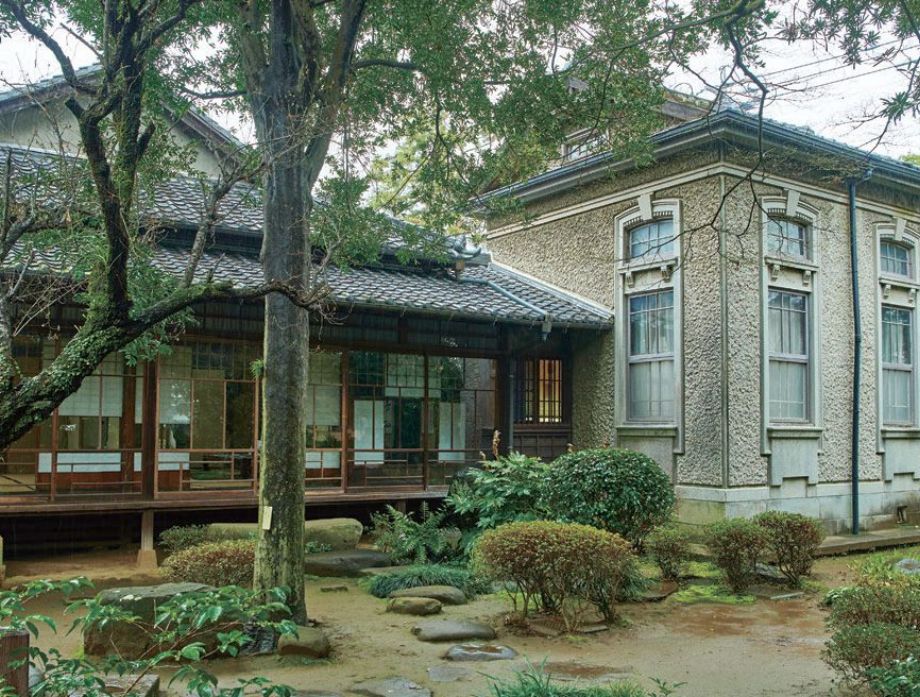
Municipally Designated Historic Site: Former Uchitsuboi Residence of Natsume Soseki
Among all his Kumamoto residences, the Meiji literary master Natsume Soseki lived in this house the longest. Later, his wife, Kyoko, is said to have commented that the house was the best of all the houses they lived at in Kumamoto. This Uchitsuboi Former Residence has remained at the same place, and the old style of the house and garden appear as they did in Soseki's era.
-
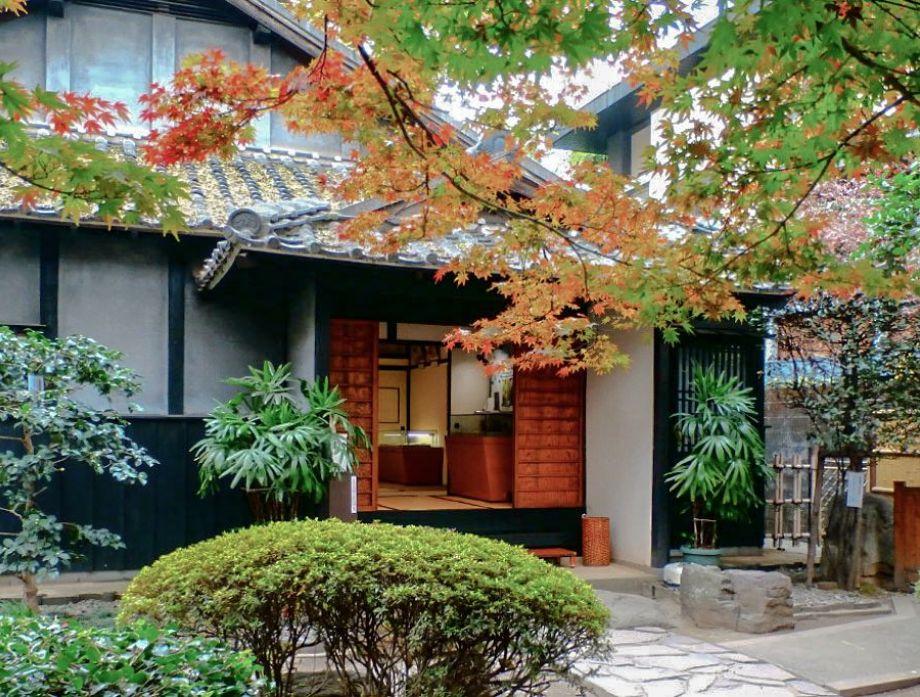
Municipally Designated Tangible Cultural Property: Former Kumamoto Residence of Koizumi Yakumo (Lafcadio Hearn)
The first Kumamoto residence of the author Lafcadio Hearn (known in Japan as Koizumi Yakumo), who is known for his ghost stories such as "Hoichi the Earless" and "Yuki Onna." The Shinto altar Koizumi specially procured out of his love for Japan, remains preserved and on display in the house.
-
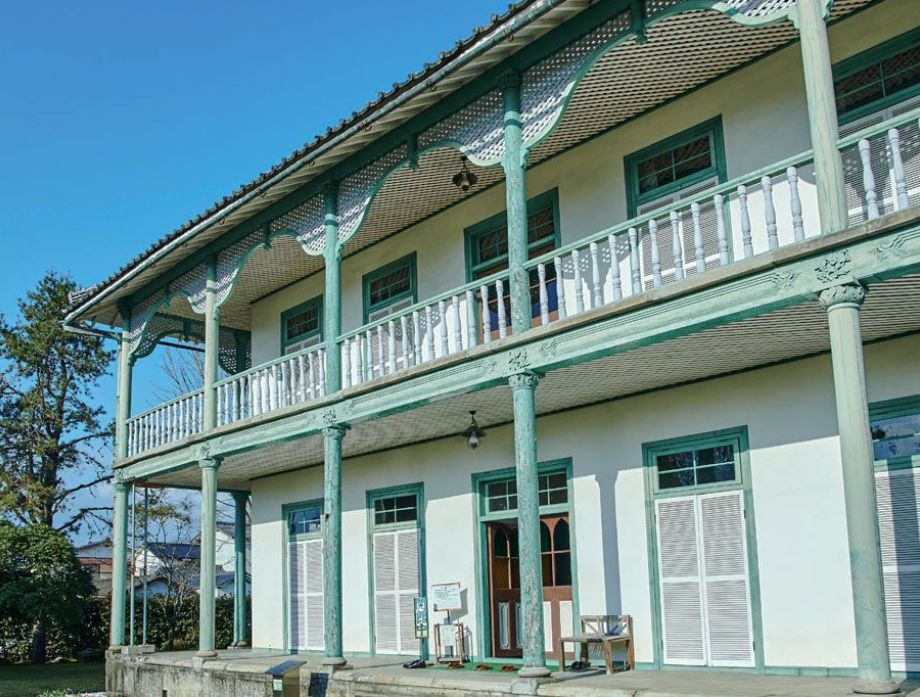
Prefecturally Designated Cultural Asset: Former Residence of L.L. Janes, Kumamoto
This western school is the oldest in the prefecture and was established in April 1871 for American teacher L.L. Janes. Formerly located in the Furushiro (where Daiichi High School now stands), the school was repurposed and relocated time and time again. The residence was moved to a corner of Suizenji Ezuko Park after its collapse during the Kumamoto Earthquake. Janes lived here for a period of five years until 1876, during which time he educated the youth of Kumamoto.
-
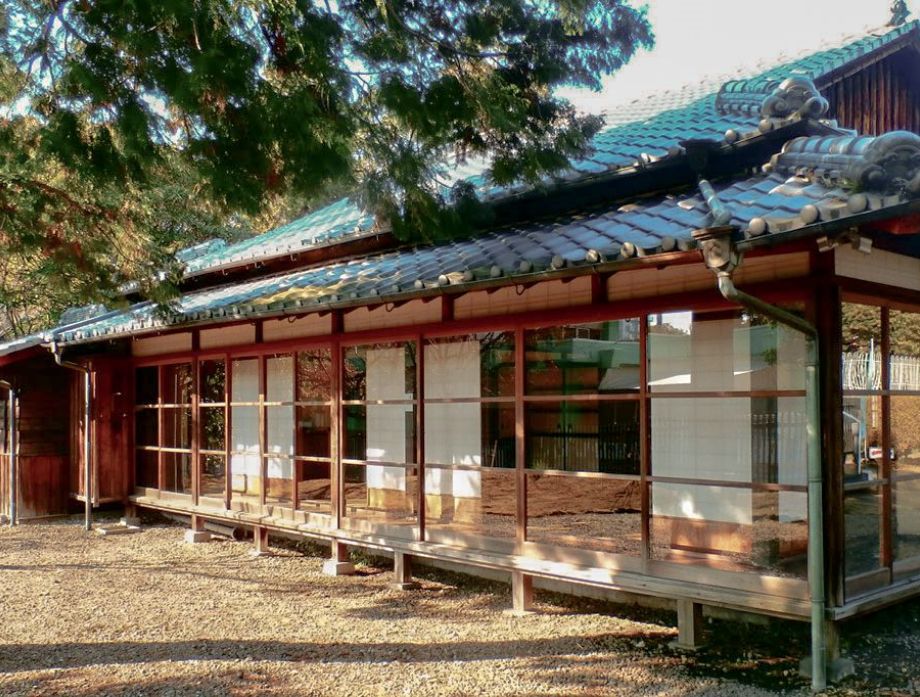
Former Oe Residence of Natsume Soseki
Situated in what used to be Oe Village (now Shinyashiki in Kumamoto's Chuo Ward) this was the third house in Kumamoto where Natsume Soseki lived. It was from this house that Soseki departed from on his trip to Oama in Tamana, which became the topic for his novel Kusamakura (published as The Three-cornered World or Grass Pillow in English). The inside of the house is now on special display to the public.
-
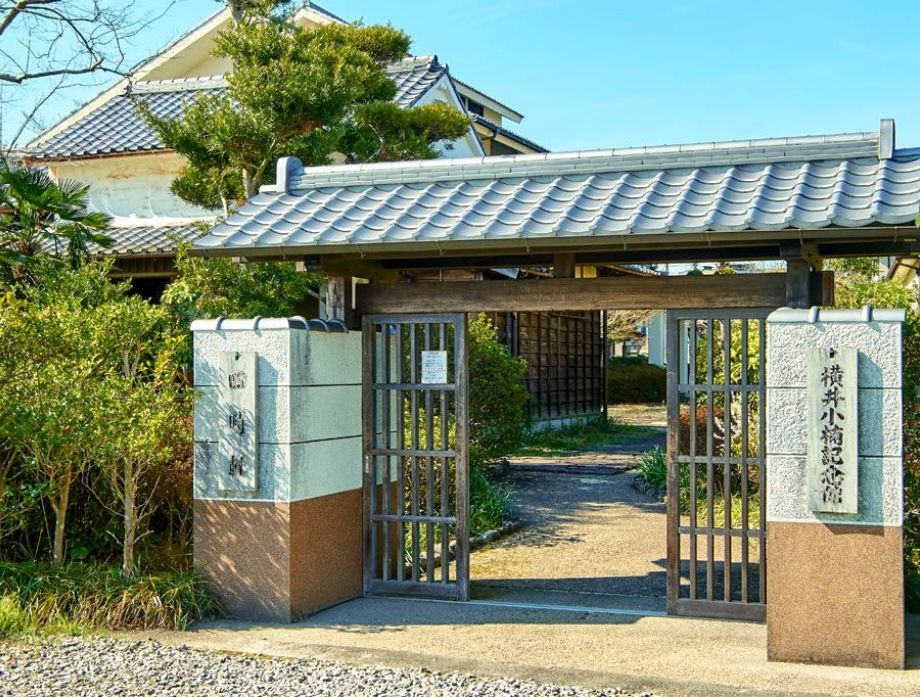
Municipally Designated Historical Site & Tangible Cultural Property: Yokoi Shonan Memorial Museum (Yokoi Shonan’s Shijiken School)
This is a memorial museum dedicated to enlightened thinker Yokoi Shonan, who studied at the domain-run school called Jishukan before going on to act as a political advisor of the Fukui Domain and then the counselor for the new Meiji government. Sakamoto Ryoma and Inoue Kowashi once visited the premises to ask for Shonan's advice. Apart from documents relating to Yokoi Shonan, there is other data on display related to great persons of the late Edo and early Meiji periods.
-

Municipally Designated Cultural Asset & Prefecturally Designated Historic Site: Tokutomi Memorial Park
This is a memorial park to honor journalist and father of modern Japan Soho Tokutomi and his younger brother, the literary master Tokutomi Roka. On the premises can be found the old residence of the Tokutomi family, as well as a museum displaying the treasured possessions of the Tokutomi family. In May, the beautiful white catalpa flowers that Soho inherited from Joseph Hardy Neesima (often known by his Japanese name, Nijima Jo) can be seen in bloom.
-
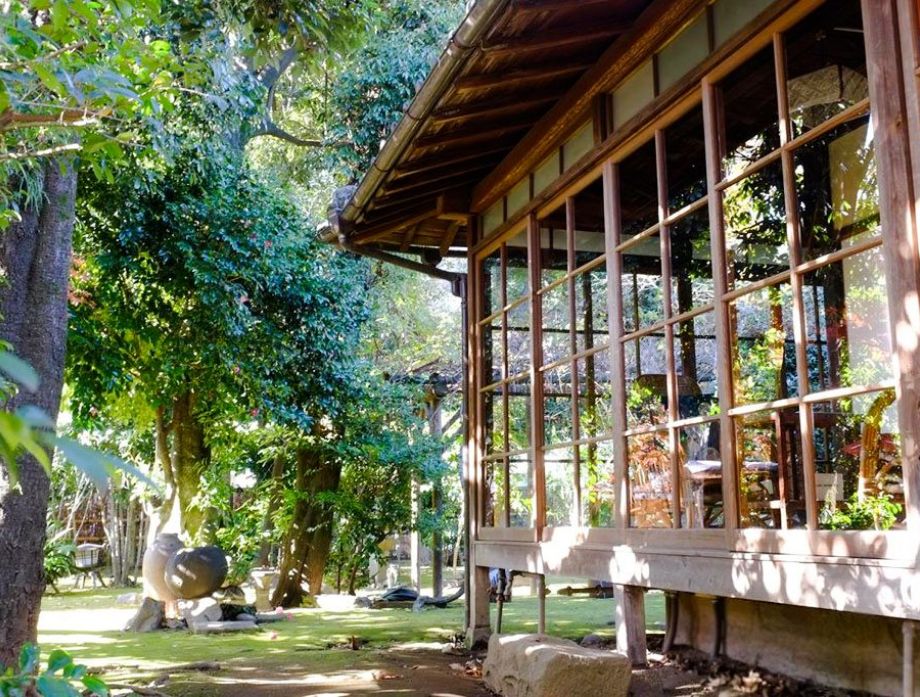
Goto Zezan Memorial Museum
This memorial museum is dedicated to Goto Zezan, a reporter for the Kyushu Nichinichi Shinbun Newspaper, who worked on expanding Kumamoto newspapers’ literary section. At this museum you can find materials collected by Zezan, as well as Yosano Tekkan and Yosano Akiko’s tanzaku (strips of paper carrying poems) and Katayama Nampu’s artwork. Every year the museum holds exhibitions with different themes. Within the premises is the old residence called Tanseikyo, whose glass doors retain the refined style of the early Showa period.
-
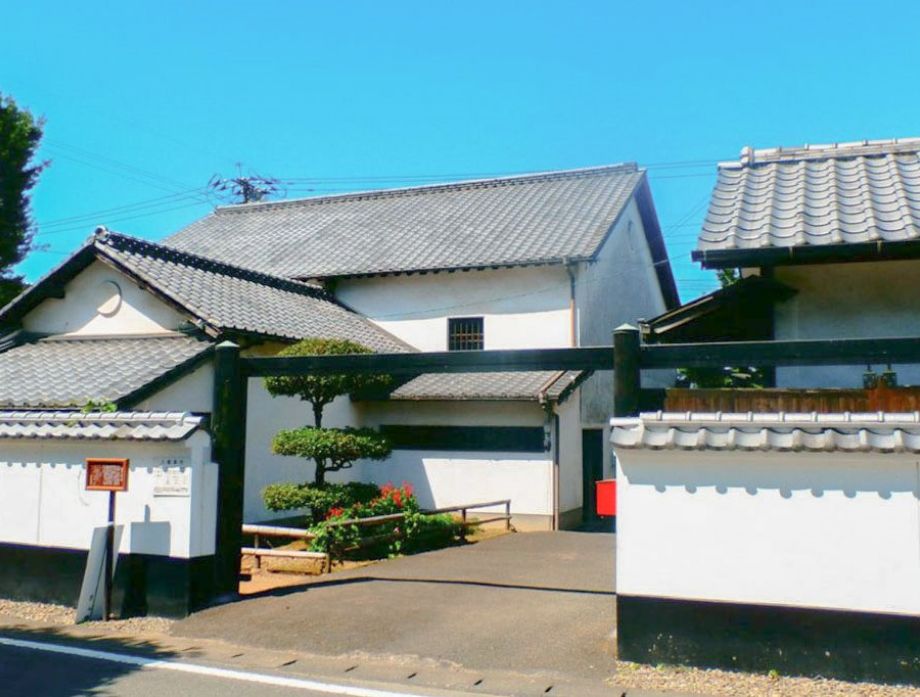
Municipally Designated Cultural Asset: Mimage no Kadogoya
Now open as a memorial hall, Mimage no Kadogoya was the home of the Horinouchi family, who ran a pawnshop and liquor store during the Edo period. It was also used as a teahouse where Daimyo such as the Hosokawa Clan and the Shimazu Clan used to rest at during their sankin-kotai travels (translated as ‘alternate attendance,’ this was a system in which feudal lords were required to move from their domain to the capital, Edo, for one year every other year). It is said that Shimazu Nariakira's aide, Saigo Takamori, stopped by here once, too. This building is a fine example of ancient Japanese wooden architecture.
-

Tangible Cultural Property of Japan: Riddell & Wright Memorial Museum
This is a memorial museum for Hannah Riddell and Ada Hannah Wright, who saved many people suffering from leprosy. On display in the museum are the keepsakes of these two women, who dedicated their lives to helping their patients. The building is registered as a Tangible Cultural Property of Japan.
-
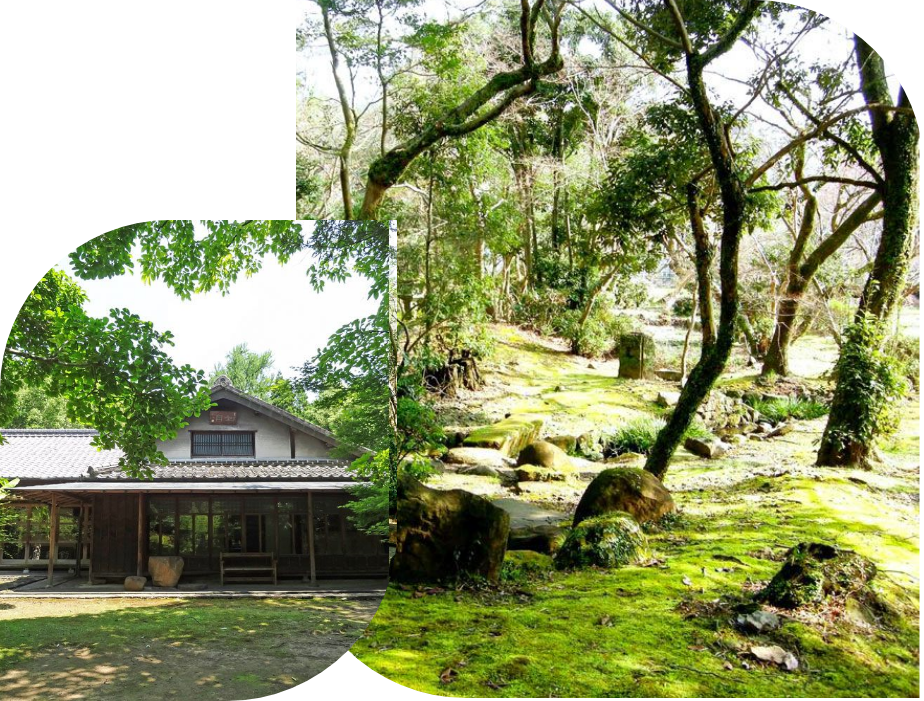
Municipally Designated Historic Site: Chokoen & Sokeien Gardens
Chokoen Garden was one of the villas, called ochaya, built by Hosokawa Tsunatoshi, the fifth generation Hosokawa family in Higo and the third generation Kumamoto Daimyo, and given to Tsuzuki Danemon. Sokeien Garden was where Kenboku Murai- the president of the Hosokawa clan's Saishunkan Medical School - and his family once resided there as a second home. Both gardens are surrounded by greenery and retain the atmosphere of the period.
-

City Designated Property of Significant Value and Historical Site: Zuiganji Ruins
According to "Higo-no-kuni shi" (a history record book of Higo province), Zuiganji-ato is a branch temple of Enryakuji Hieizan - a mountain temple complex of the Tendai sect in Kyoto.
The temple is now closed, but you can still see lots of stoneworks inside the grounds, such as Jizo and Buddha statues. Zuiganji Park is also famous for fireflies, and when they come out, many come to the area to see them. -
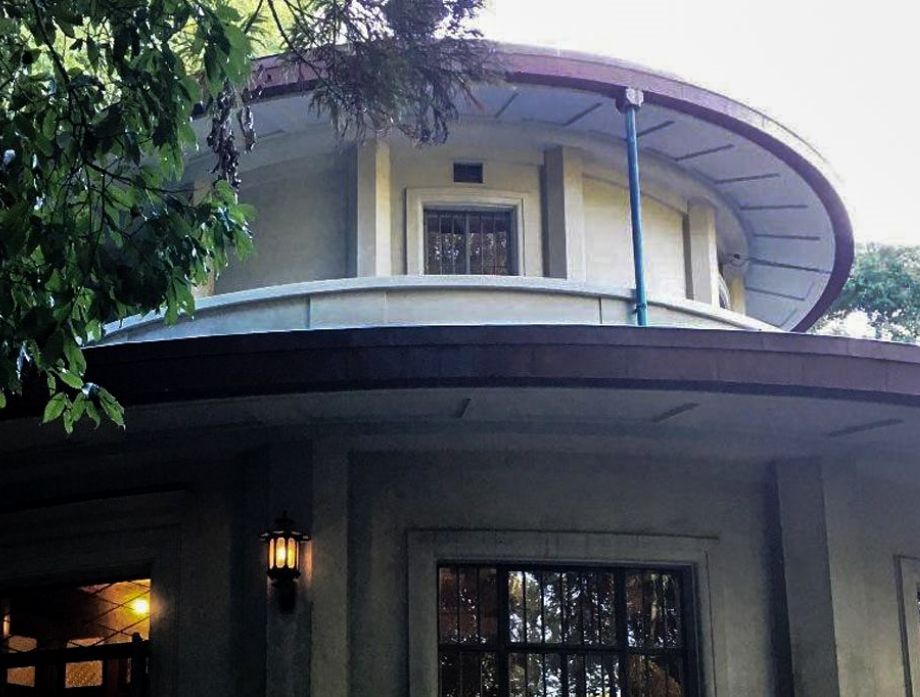
Sankendo Hall
This two storey circular hall was established in 1936, by Kumamoto-born politician Kenzo Adachi, as a place of spiritual training. Seated statues of Taketoki Kikuchi, Kiyomasa Kato and Shigekata Hosokawa are enshrined inside the hall as representing the three wise men (sankenjin) of Higo. The spiral staircase inside the hall creates a unique atmosphere.
-
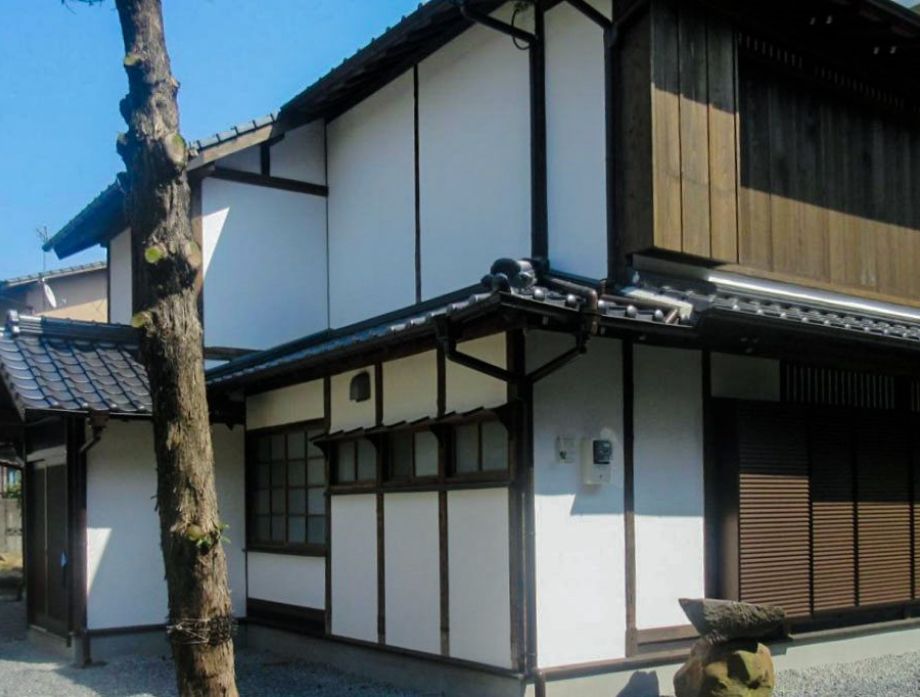
Former Residence of Makiyo Ishimitsu
This is the former residence of Makiyo Ishimitsu, who was engaged and active in gathering military data from the Meiji era to the Taisho era. After his death, Ishimitsu's bereaved family compiled and published his autobiographical memoirs as a four-part series, which received the 1959 Mainichi Award for Publication.Until the time he went to Tokyo, it is said that Ishimitsu spent 16 years at this residence, and while the residence has been renovated since then, it still retains the atmosphere of the time.
-
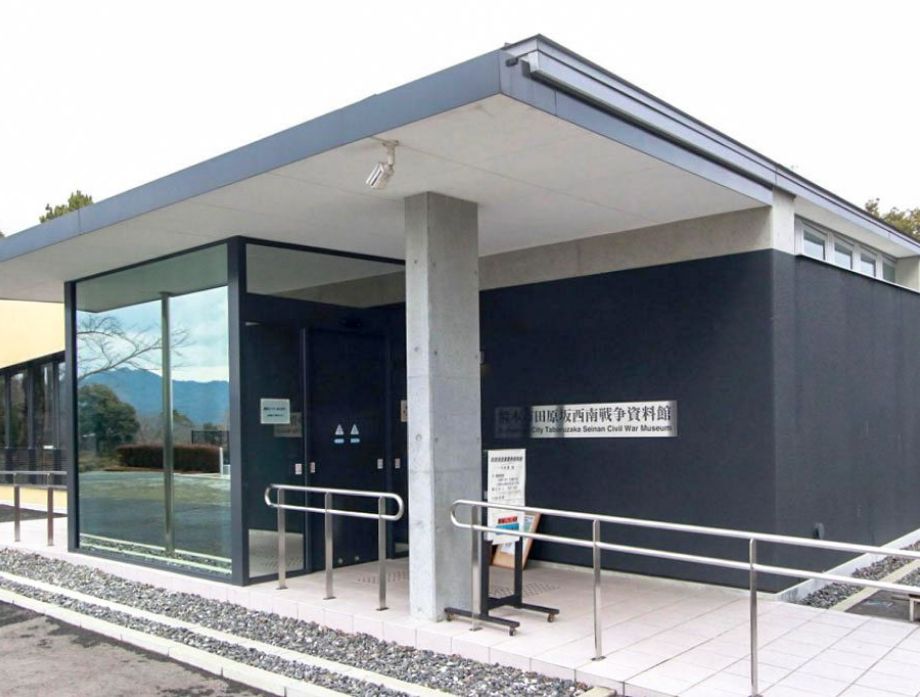
Nationally Designated Historical Site: Tabaruzaka Seinan Civil War Museum
Tabaruzaka was the battlegrounds of the Seinan War, from which modern Japan was born.These days, the land here is calm, and known as a cherry blossom and azalea spot.The museum serves as a place where you can learn all about the history of the Seinan War - the last civil war Japan has ever had - that took place on this land, and what happened in battle.
There are many other places besides those listed here where you can deeply immerse yourself in the history and culture of Kumamoto.
Use the link below to jump to the Sightseeing Search Page, where you can try out a keyword search!



